Rolling Stock Cables Market Summary
As per MRFR analysis, the Rolling Stock Cables Market Size was estimated at 4.403 USD Billion in 2024. The Rolling Stock Cables industry is projected to grow from 4.562 USD Billion in 2025 to 6.498 USD Billion by 2035, exhibiting a compound annual growth rate (CAGR) of 3.6 during the forecast period 2025 - 2035.
Key Market Trends & Highlights
The Rolling Stock Cables Market is poised for growth driven by technological advancements and increasing electrification demands.
- Technological advancements are reshaping the Rolling Stock Cables Market, enhancing performance and reliability.
- North America remains the largest market, while Asia-Pacific is emerging as the fastest-growing region in this sector.
- The Standard Wall segment holds the largest market share, whereas the Medium Wall segment is witnessing rapid growth.
- Key drivers include the increasing demand for electrification and the expansion of rail infrastructure, which are propelling market dynamics.
Market Size & Forecast
| 2024 Market Size | 4.403 (USD Billion) |
| 2035 Market Size | 6.498 (USD Billion) |
| CAGR (2025 - 2035) | 3.6% |
Major Players
Prysmian Group (IT), Nexans (FR), General Cable (US), Southwire Company (US), TE Connectivity (CH), Sumitomo Electric Industries (JP), LS Cable & System (KR), Kabelwerk Eupen AG (DE), Furukawa Electric Co., Ltd. (JP)

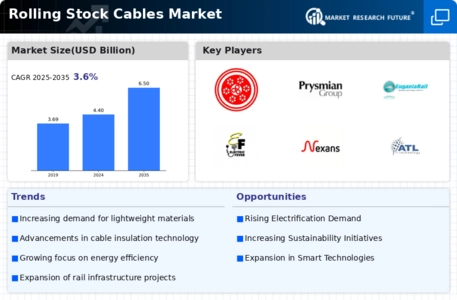
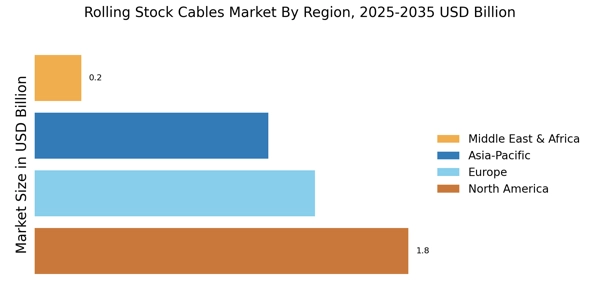
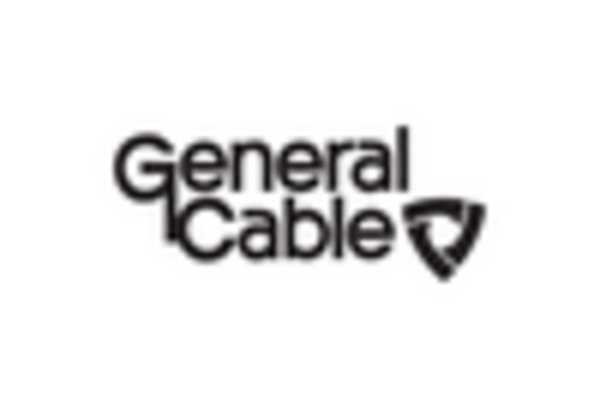
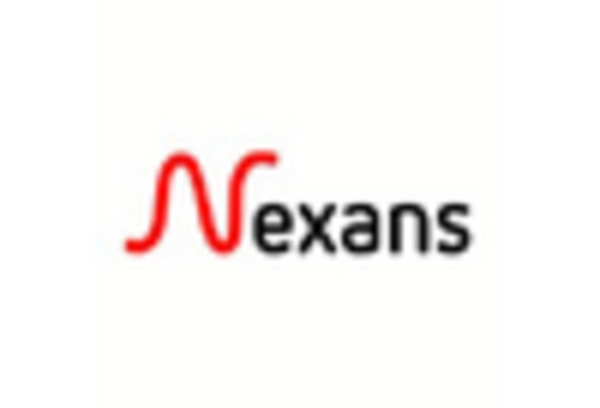
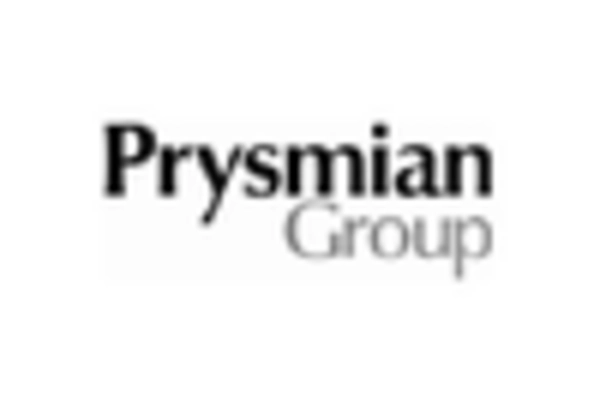
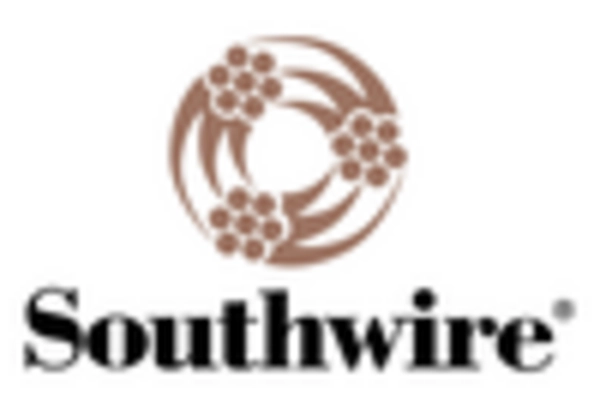
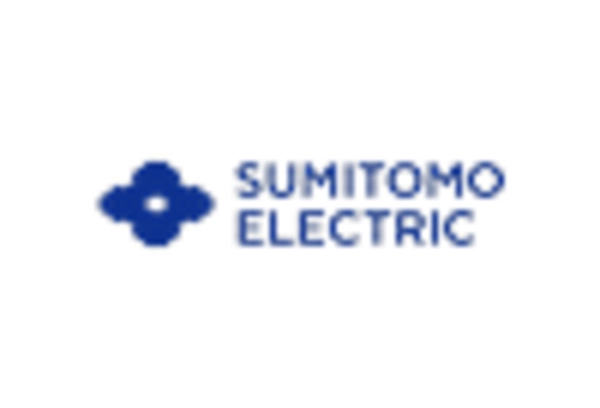
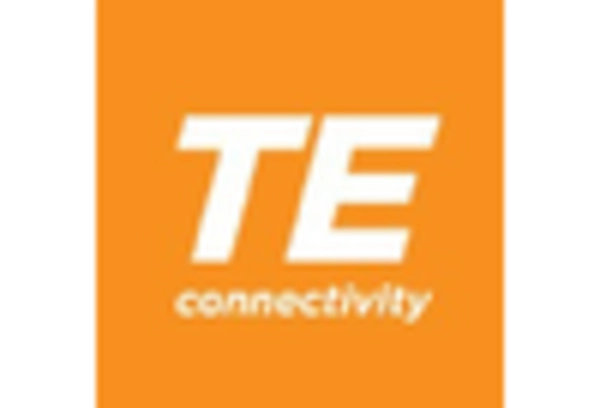








Leave a Comment